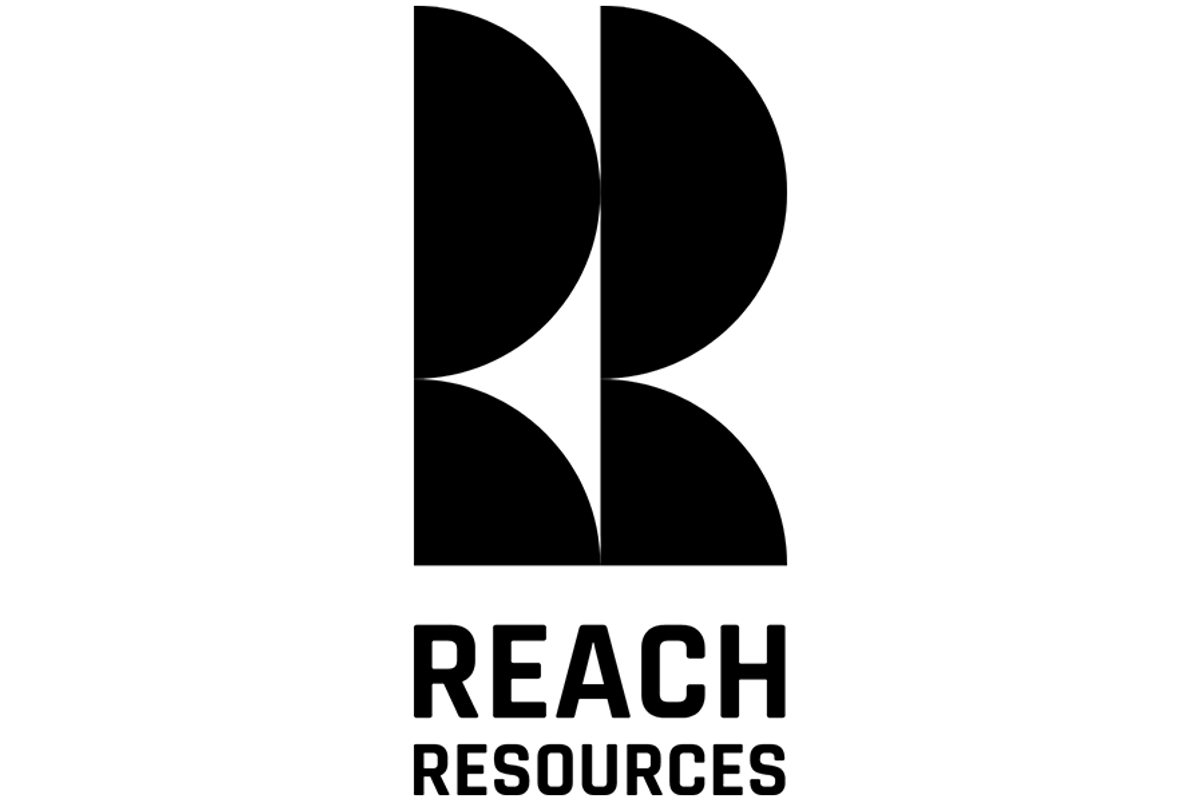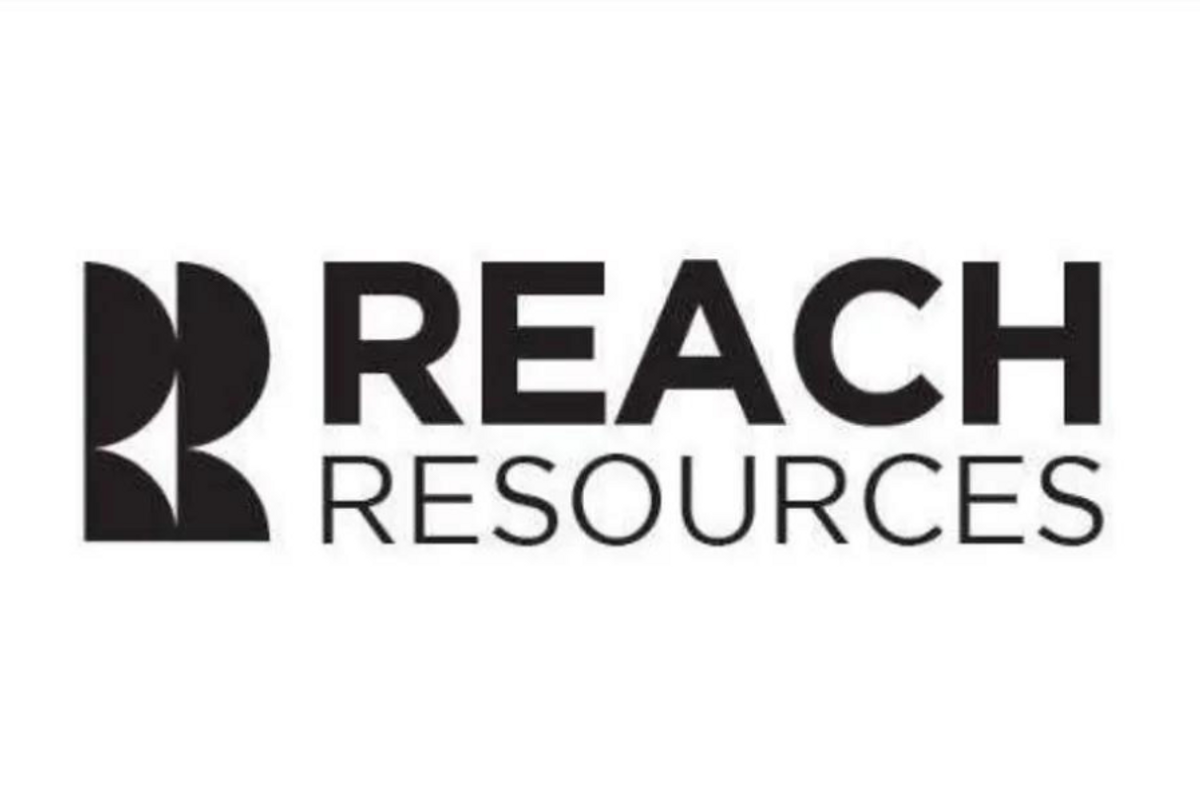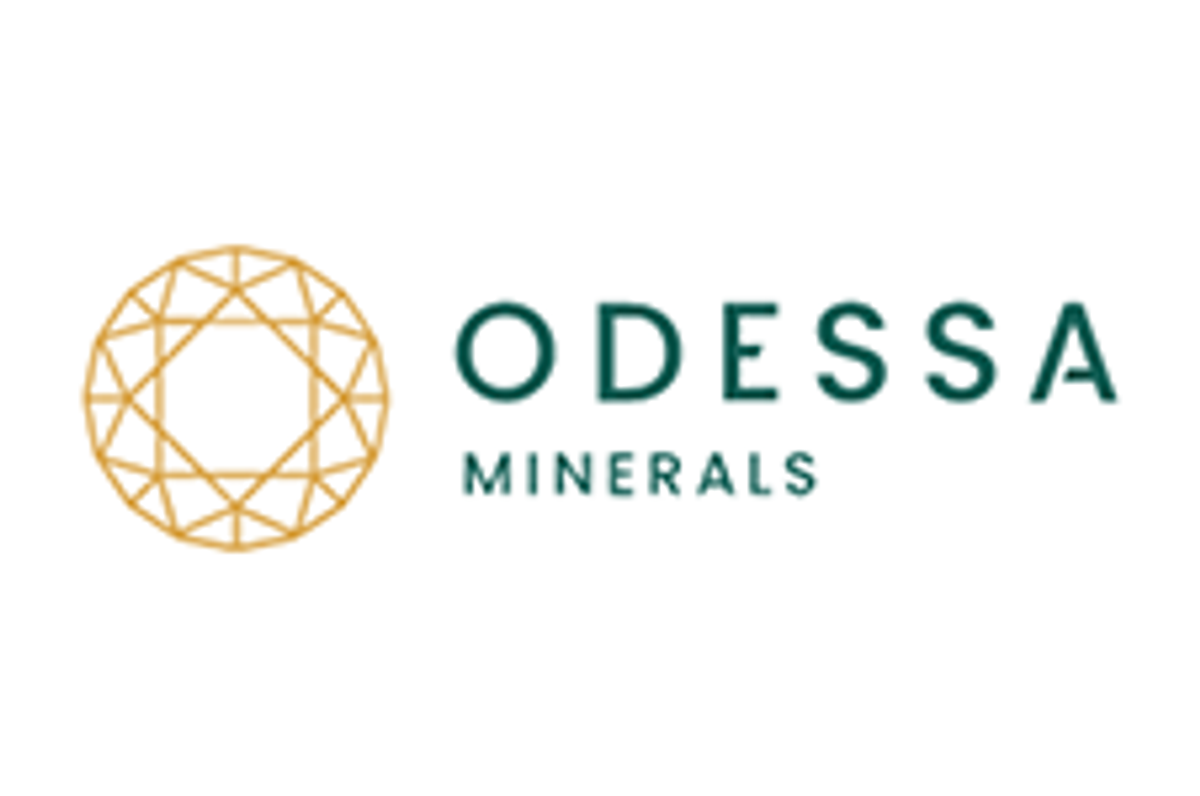
December 12, 2022
Reach Resources Limited (ASX: RR1) (“Reach” or “the Company”) is pleased to announce the receipt of laboratory assay results from the Company’s maiden rock chip sampling programs recently undertaken at its Skyline Rare Earths project and Critical Elements project (the “Project/s”), both located in the emerging Gascoyne Mineral Field in Western Australia (ASX Announcement – 18 October 2022).
HIGHLIGHTS
- High-grade assays of 6.78% Niobium oxide and 3.71% Tantalum oxide, returned from within the Company’s wholly owned Critical Elements Project;
- These results back up the previously reported assay results from rock-chip samples of 32% Niobium oxide and 12.4% Tantalum oxide (Note 1);
- Assay results confirm Niobium rich target zone with a potential Total Rare Earth Oxides (TREO) strike length of up to 1.5km
- Assays further highlight the discovery of high grade critical heavy rare earth oxides (HREO) which include:
- 7226 ppm Yttrium oxide
- 3430 ppm Dysprosium oxide
- 4880 ppm Ytterbium oxide
- 2760 ppm Erbium oxide
- 450 ppm Terbium oxide
- Significantly, all three of the Company’s granted tenements have returned highly anomalous TREO results >500ppm to a maximum of 25,652 ppm or 2.57% TREO (see Table 1).
Importantly, the niobium rich zone evidenced in historical results and previously reported (ASX Announcement 29 November 2021) on the Critical Elements Project has now been supported following the Company’s rock chip sampling program completed in September and October this year. The results also indicate the discovery of high grade HREO in the same potential 1.5km strike zone.
Reach CEO Jeremy Bower commented
“We have been confident of our Niobium rich zone from historical results but to receive confirmation with these lab results is great news for our shareholders. Now we add the discovery of the more valuable heavy rare earths within this same target zone, and in particular high grades of Dysprosium and Yttrium, this makes these projects our number one priority and is particularly exciting for the Company.
To discover this target area now, having just commenced our systematic exploration program, is a great start and gives us the confidence to ramp up our exploration program in the new year.”
Niobium is a critical metal used in the steel industry, in wind turbines and in high-performance batteries.
Dysprosium is used in tandem with neodymium in permanent magnets that are vital to modern technology and renewable energy.
Terbium is used in TV screens and solid-state hard drives for data storage. Solid-state drives are heavily favoured over conventional hard drives as they are faster and more reliable.
Yttrium is used in TV screens, as an alloying agent and in the polymerization of ethylene.
Ytterbium is used in memory devices, laser technology and as a more environmentally friendly industrial catalyst.
Erbium is used in the nuclear industry, as well as in alloys, especially with vanadium and titanium and in heat-absorbing glass, photographic filters, and as a fibre-optic amplifier.
Significantly, all three of the Company’s tenements have returned highly anomalous TREO results (>500ppm) (see Table 1).
No other anomalous results were returned from the assays. However, the Company awaits separate assay results for Manganese and looks forward to reporting these in the near future.
Click here for the full ASX Release
This article includes content from Reach Resources, licensed for the purpose of publishing on Investing News Australia. This article does not constitute financial product advice. It is your responsibility to perform proper due diligence before acting upon any information provided here. Please refer to our full disclaimer here.
RR1:AU
The Conversation (0)
03 May 2022
Reach Resources Limited
Sourcing the Critical Minerals of the Future
Sourcing the Critical Minerals of the Future Keep Reading...
13 May
Murchison South Increases to 67koz Gold Across Two Pits
Reach Resources Limited (ASX: RR1 & RR1O) (“Reach” or “the Company”) is pleased to announce the completion of a new Mineral Resource Estimate (MRE) for the Pansy Pit deposit at its Murchison South Gold Project. The estimate, prepared by independent consultants Mining Plus, reported above a... Keep Reading...
28 July 2023
Quarterly Activities/Appendix 5B Cash Flow Report
Reach Resources Limited (ASX: RR1) (“Reach” or “the Company”) provides its activities report for the quarter ended 30 June 2023. HIGHLIGHTS High-Grade Lithium Results at Yinnetharra (15 May 2023) Lithium mineralisation confirmed with rock chip samples reporting highly encouraging assays of up to... Keep Reading...
18 May 2023
Outcropping Copper Gossan Delivers 33% Cu Assays At Morrissey Hill Project, Yinnetharra
Reach Resources Limited (ASX: RR1 & RR1O) (“Reach” or “the Company”) is pleased to announce that it has received high grade copper, gold and silver results up to 33% copper, 0.2g/t gold and 142g/t silver from its recently completed rock chip sampling program at the Company’s Morrissey Hill... Keep Reading...
14 May 2023
Reach Resources’ Strategic Position Between Two of WA’s Mining Heavyweights
Reach Resources’ (ASX:RR1) strategic position with its Morrissey Hill project has placed the critical mineral explorer on the radar of two of Western Australia’s mining giants Delta Lithium (ASX:DLI) and Minerals 260 (ASX:MI6), according to an article published in The West Australian.“While... Keep Reading...
Latest News
Latest Press Releases
Related News
TOP STOCKS
American Battery4.030.24
Aion Therapeutic0.10-0.01
Cybin Corp2.140.00


